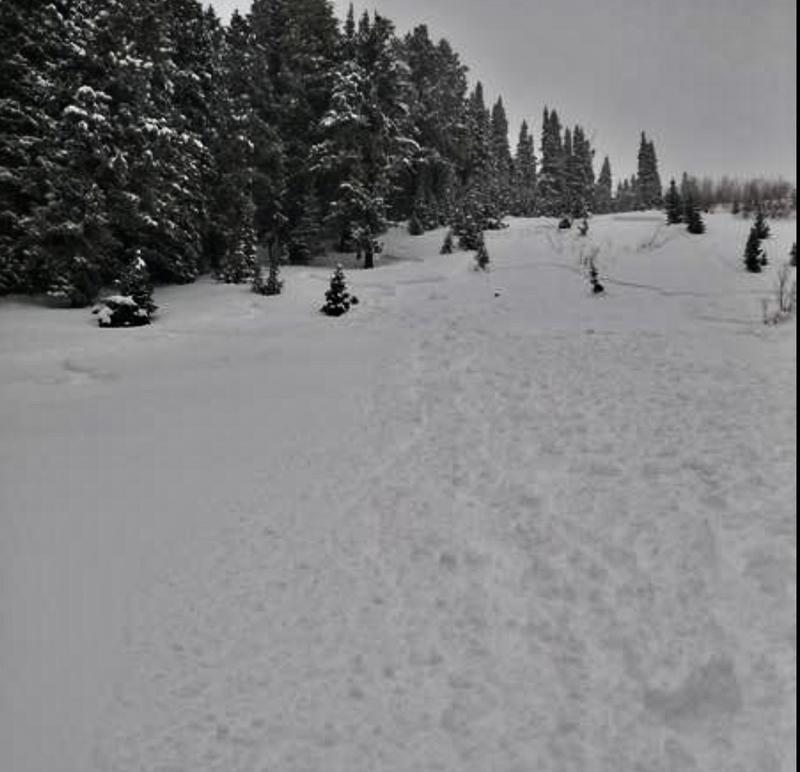Forecast for the Logan Area Mountains

Issued by Toby Weed on
Thursday morning, March 10, 2022
Thursday morning, March 10, 2022
Avalanche accidents are likely in the backcountry. Heavy snow and drifting overloaded slopes with a buried persistent weak layer and created dangerous avalanche conditions. The danger remains HIGH on upper and mid elevation slopes facing northwest, north, and northeast. People who venture into avalanche terrain are likely trigger dangerous 1 to 3 foot deep slab avalanches failing on a buried layer of faceted snow. A CONSIDERABLE danger exists on many other slopes and at all elevations. Natural avalanches are possible, and human triggered wind slab and loose avalanches of storm snow are likely in steep terrain.
- Avoid and stay out from under drifted north facing slopes steeper than 30°
- Careful snowpack evaluation, cautious route-finding, and conservative decision making are essential.

Low
Moderate
Considerable
High
Extreme
Learn how to read the forecast here








